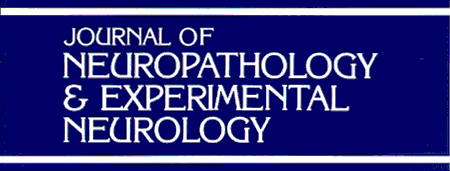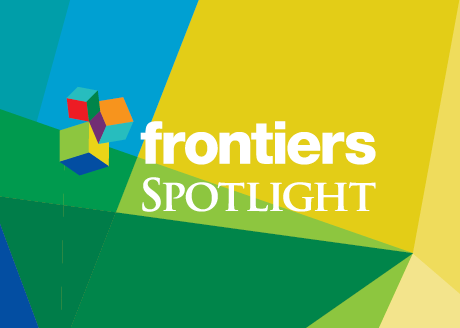
“This meta-analysis paper describes the analysis of observational clinical studies on the treatment of refractory epilepsy with cannabidiol (CBD)-based products. Beyond attempting to establish the safety and efficacy of such products, we also investigated if there is enough evidence to assume any difference in efficacy between CBD-rich extracts compared to purified CBD products.
The systematic search took place in February/2017 and updated in December/2017 using the keywords “epilepsy” or “Dravet” or “Lennox-Gastaut” or “CDKL5” combined with “Cannabis,” “cannabinoid,” “cannabidiol,” or “CBD” resulting in 199 papers.
The qualitative assessment resulted in 11 valid references, with an average impact factor of 8.1 (ranging from 1.4 to 47.8). The categorical data of a total of 670 patients were analyzed by Fischer test. The average daily dose ranged between 1 and 50 mg/kg, with treatment length from 3 to 12 months (mean 6.2 months).
Two thirds of patients reported improvement in the frequency of seizures (399/622, 64%). There were more reports of improvement from patients treated with CBD-rich extracts (318/447, 71%) than patients treated with purified CBD (81/223, 36%), with statistical significance (p < 0.0001).
Nevertheless, when the standard clinical threshold of a “50% reduction or more in the frequency of seizures” was applied, only 39% of the individuals were considered “responders,” and there was no difference (p = 0.56) between treatments with CBD-rich extracts (97/255, 38%) and purified CBD (94/223, 42%).
Patients treated with CBD-rich extracts reported lower average dose (6.1 mg/kg/day) than those using purified CBD (27.1 mg/kg/day). The reports of mild (109/285 vs. 291/346, p < 0.0001) and severe (23/285 vs. 77/346, p < 0.0001) adverse effects were more frequent in products containing purified CBD than in CBD-rich extracts.
CBD-rich extracts seem to present a better therapeutic profile than purified CBD, at least in this population of patients with refractory epilepsy. The roots of this difference is likely due to synergistic effects of CBD with other phytocompounds (aka Entourage effect), but this remains to be confirmed in controlled clinical studies.”
https://www.ncbi.nlm.nih.gov/pubmed/30258398
https://www.frontiersin.org/articles/10.3389/fneur.2018.00759/full








